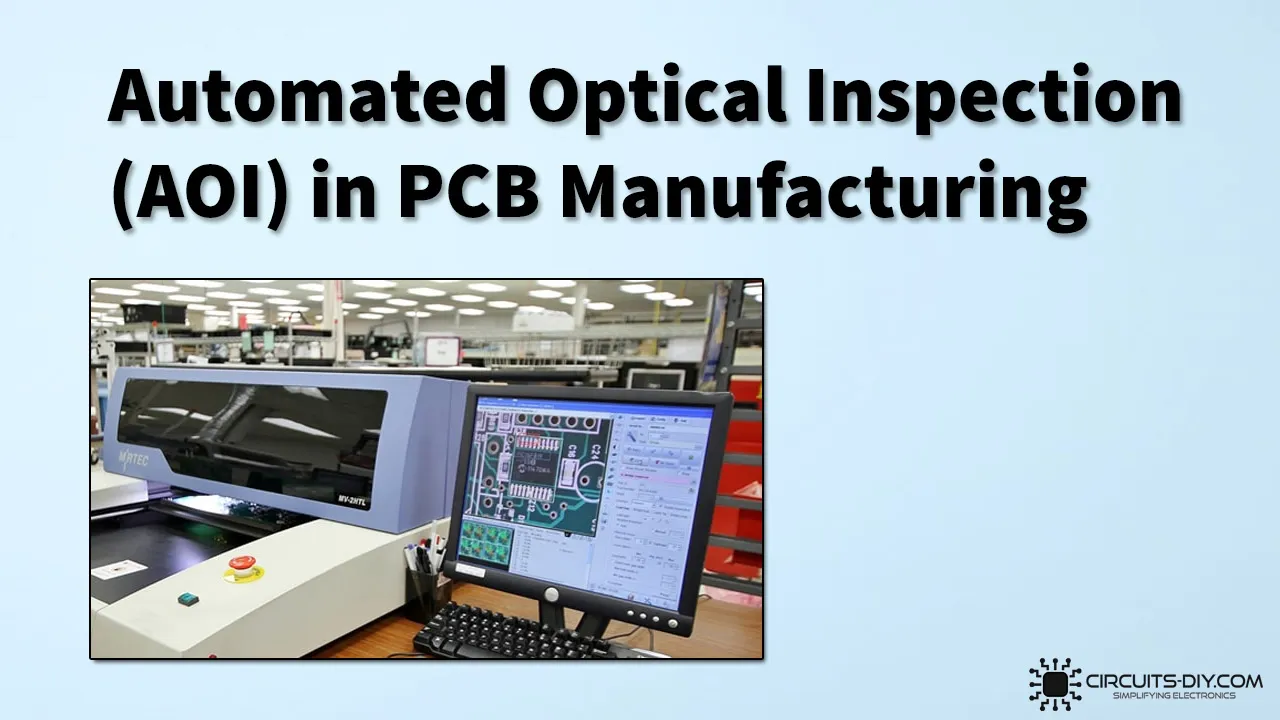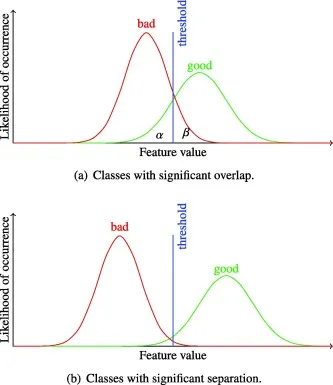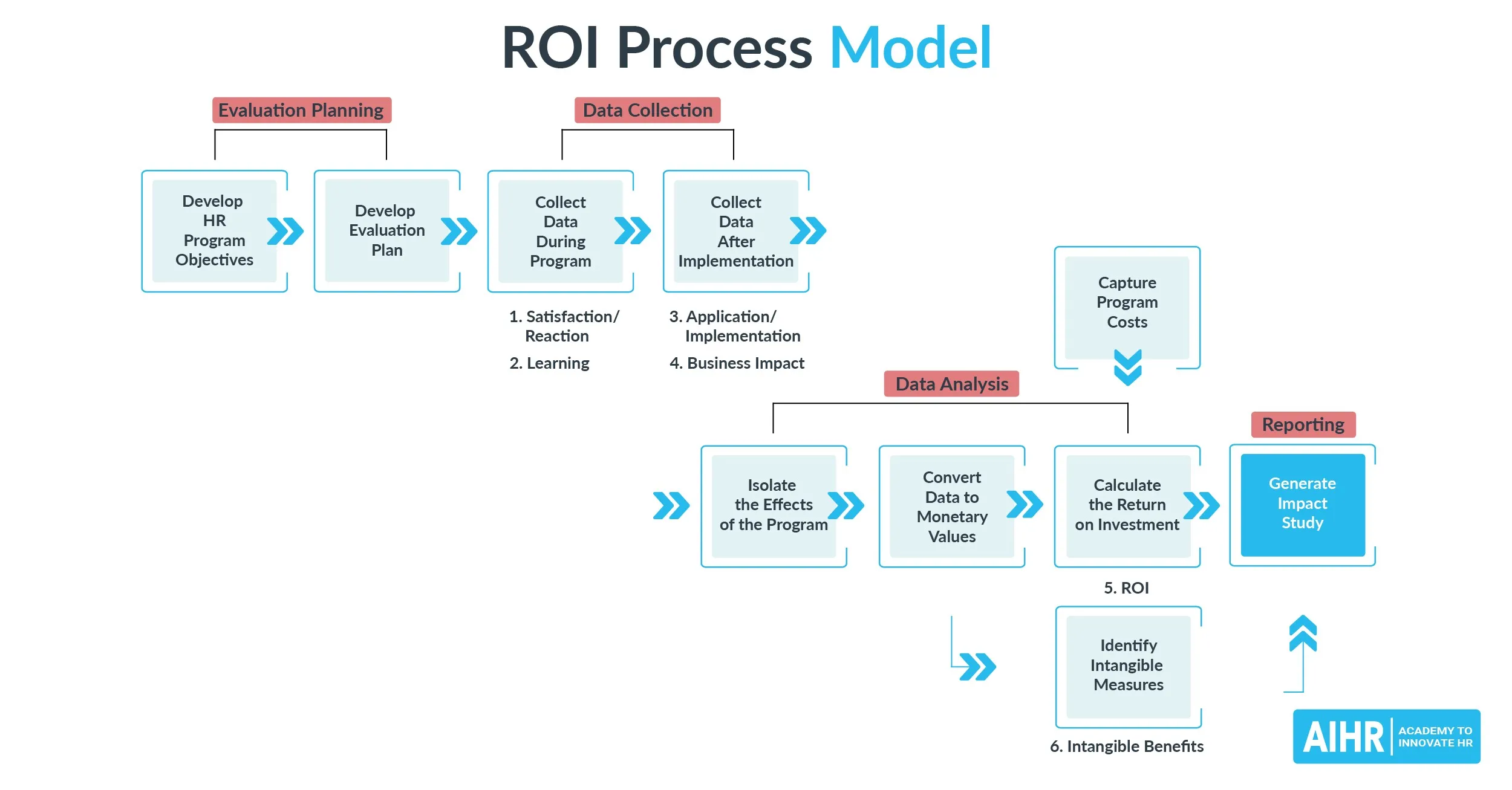
Cost-Effectiveness of Automated Inspection Machinery
In the rapidly evolving landscape of industrial production, maintaining high quality standards while controlling costs is paramount. Automated inspection machinery has emerged as a transformative technology, enabling manufacturers to achieve unprecedented levels of precision, consistency, and efficiency. This article explores the cost-effectiveness of these systems, analyzing the initial investment against the substantial long-term returns they generate.
Understanding Automated Inspection Systems
Automated inspection machinery encompasses a range of technologies, including machine vision systems, coordinate measuring machines (CMMs), and 3D scanners. These systems utilize advanced sensors, cameras, and software algorithms to perform precise measurements and defect detection at high speeds, far surpassing human capabilities.

Figure 1: Automated Optical Inspection (AOI) systems performing high-speed, precise checks on electronic components, a key application in modern electronics manufacturing.
Key Drivers of Cost-Effectiveness
The financial justification for investing in automated inspection is multi-faceted, extending far beyond simple labor replacement.
1. Labor Cost Reduction and Reallocation
While a primary driver is reducing the need for manual inspectors, the greater value lies in reallocating human expertise. Skilled technicians can be shifted from repetitive inspection tasks to more value-added roles like process engineering, data analysis, and system oversight, leading to a more productive and engaged workforce.
2. Enhanced Quality and Reduced Scrap
Human inspection is prone to fatigue and error, especially with complex or miniature components. Automated systems provide consistent, 100% inspection, drastically reducing the number of defective products that reach customers or are scrapped. This directly saves material costs and prevents costly warranty claims, returns, and brand damage.
3. Increased Production Throughput
Automated inspectors can operate at the line speed of modern manufacturing equipment, 24/7, without breaks. This eliminates bottlenecks often caused by manual inspection, allowing the entire production process to run faster and more smoothly, thereby increasing overall equipment effectiveness (OEE).

Figure 2: Throughput comparison demonstrating how automated inspection maintains consistent output, eliminating slowdowns and bottlenecks associated with manual checks.
4. Data-Driven Process Improvement
Modern automated inspection systems are not just fault finders; they are data hubs. They collect vast amounts of dimensional and quality data in real-time. This data can be analyzed to identify trends, predict machine failures, and pinpoint the root causes of defects, enabling proactive process adjustments that prevent errors before they occur.
Quantifying the Investment: A Cost-Benefit Analysis
To truly understand cost-effectiveness, a detailed analysis comparing costs against benefits is essential. The following table outlines a typical breakdown.
| Cost Factor | Description | Benefit Factor | Quantifiable Impact |
|---|---|---|---|
| Capital Expenditure | Purchase price of machinery, software, and installation. | Labor Savings | Reduction in number of inspectors and associated costs (salary, benefits, training). |
| Integration Costs | Engineering time to integrate with existing production lines. | Reduced Scrap & Rework | Savings from fewer defective units and less material waste. |
| Operating Costs | Power consumption, maintenance, and calibration. | Increased Throughput | Higher revenue generation from increased production capacity. |
| Training Costs | Training personnel to operate and maintain the system. | Improved Quality & Brand Protection | Reduced warranty claims, customer returns, and avoidance of reputational damage. |
Calculating Return on Investment (ROI)
The ultimate metric for cost-effectiveness is Return on Investment (ROI). A simple ROI calculation can be expressed as:
ROI = (Net Benefits / Total Costs) * 100%
Where Net Benefits are the total annual savings (labor, scrap, etc.) minus annual operating costs, and Total Costs are the initial capital and integration costs. While payback periods vary, many automated inspection systems achieve ROI in 12 to 24 months due to the significant and compounding savings they generate.

Figure 3: A visual breakdown of the key financial components that contribute to calculating the Return on Investment for an automated inspection system.
Beyond Numbers: Strategic Advantages
The cost-effectiveness of automated inspection also includes intangible strategic advantages that are crucial for long-term competitiveness:
- Scalability: Automated systems can easily scale with production increases without a linear increase in quality control costs.
- Compliance and Traceability: They provide impeccable records for industries with strict regulatory requirements (e.g., medical, aerospace).
- Future-Proofing: Investing in automation prepares a facility for Industry 4.0 and smart manufacturing initiatives.
Conclusion
The adoption of automated inspection machinery is a strategically sound and financially justified decision for modern manufacturers. While the initial investment is significant, the long-term benefits—including drastic reductions in labor and scrap costs, increased production throughput, and invaluable data insights—deliver a compelling and rapid return on investment. In an era where quality is non-negotiable and efficiency is a key differentiator, automated inspection is not merely an expense but a critical investment in a company's future profitability and resilience.
